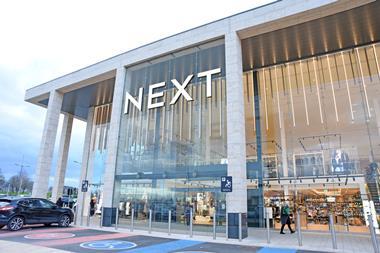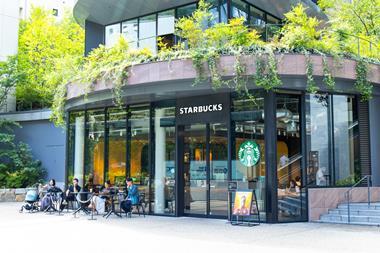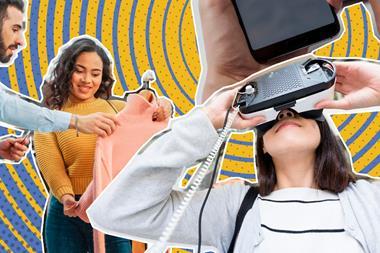It is merchandisers’ task to strike a balance between art and science in their craft, says John Plows, director of retail consultancy VR Intelligence
For years buyers and merchandisers have strived to deliver balanced ranges that create excitement, deliver against customer needs and satisfy commercial objectives. But the core principles have not changed in the past 10-15 years - they just apply the same processes and approach in a more complex way, working with larger amounts of data.
I have always believed the key to delivering the right range at the right time in the right place was down to striking the correct balance between the ‘art’ and the ‘science’ of planning, and that both the buying and merchandising functions needed to work closely together to deliver that mix. Today, merchandisers and planners are all too often becoming mathematicians, statisticians and IT experts. The big picture gets lost in the detail and the drive to develop a plan cut across every possible axis. Time is focused on delivering small but complicated improvements, using complicated mathematical equations.
Collaboration
But, no matter how clever and detailed the planning is, there is never an absolutely right or wrong answer. What makes the difference is the ability to be commercial and apply the ‘art’. My belief is that buyers and merchandisers should work closely to deliver the range. Neither should be solely responsible for the financial plan nor the product. The financial plan is a collaborative process, which combines both qualitative and quantitative understanding of historical performance along with a good mix of flare that predicts future trends and external influences, all held together with an understanding of the target customer.
Fulfilling that plan is not about numbers on a screen but about the look, feel and detail of the product and its suitability. Some of today’s methods of achieving this only serve to push the buyers and merchandisers apart and segment the roles into parallel functions.
Ever since the early days of my career at Debenhams I have believed that first impressions count. When customers enter a store they embark on a journey, but the beginning of that journey starts with the view of the store and the product ranges presented to them. That’s why it is so important to ensure that the planning process is visual; it should have at its heart what the customer will ultimately see. Until now this has been difficult to achieve, with buyers resorting to sample wall grids, expensive mock shops, Foamex boards and cut-out CAD diagrams.
Visual line plan
VR Intelligence and VR Software have joined forces to address these issues. They have combined VR Software’s visual technical capabilities, already established through Mockshop virtual reality software, with VR Intelligence’s retail buying and merchandising expertise to develop VR LinePlan, the first truly visual line plan. The aim was to develop a solution that reconnects buyers and merchandisers, allowing them to develop ranges collectively and commercially. The commercial viability of an option has to do with how well it satisfies customers’ needs. To assess its suitability, buyers and merchandisers need to visualise it, understand its attributes, then visualise it in the context of the overall range.
VR LinePlan does this and more. Using it, a range can be viewed and planned by store grade, by phase, by price point, by theme, by colour - the list is endless. As long as an attribute is captured, you can review it and ensure that the right decisions have been made, gaps are filled and duplication is removed. Addressing any imbalances instantly adjusts the financial plan, ensuring that financial objectives are met. Range reviews become live, working sessions where ideas and decisions can be immediately implemented and the visual and financial implications assessed.


























No comments yet